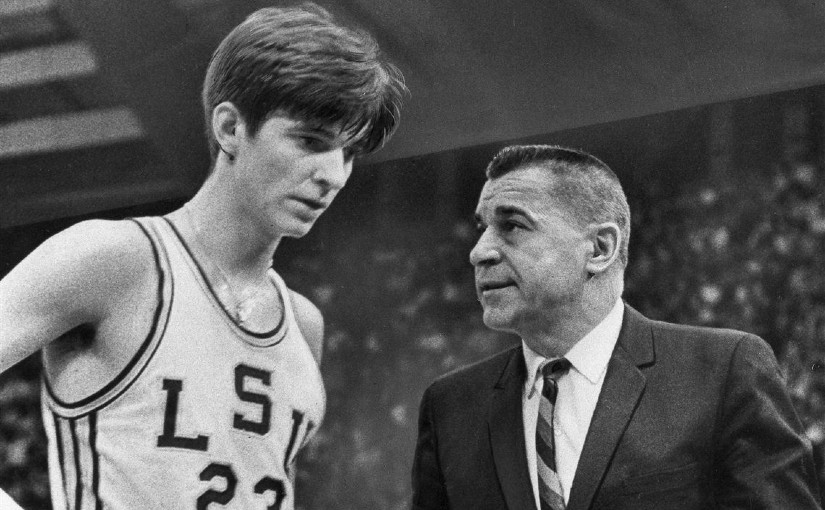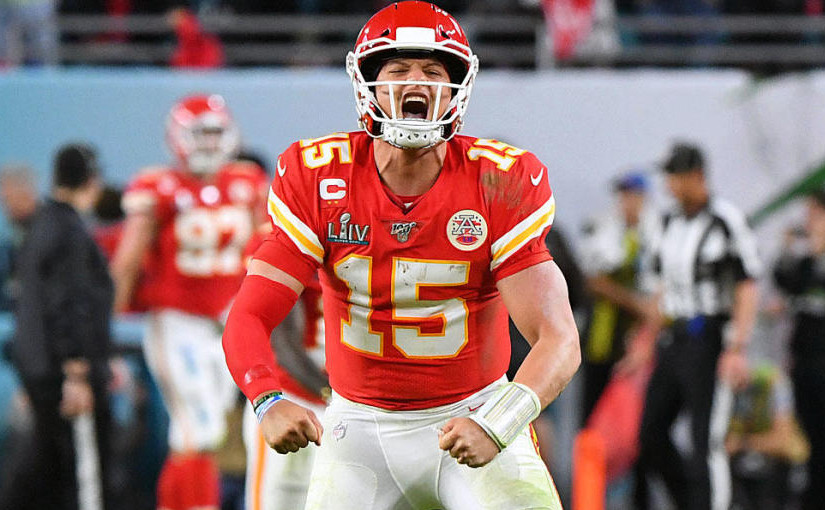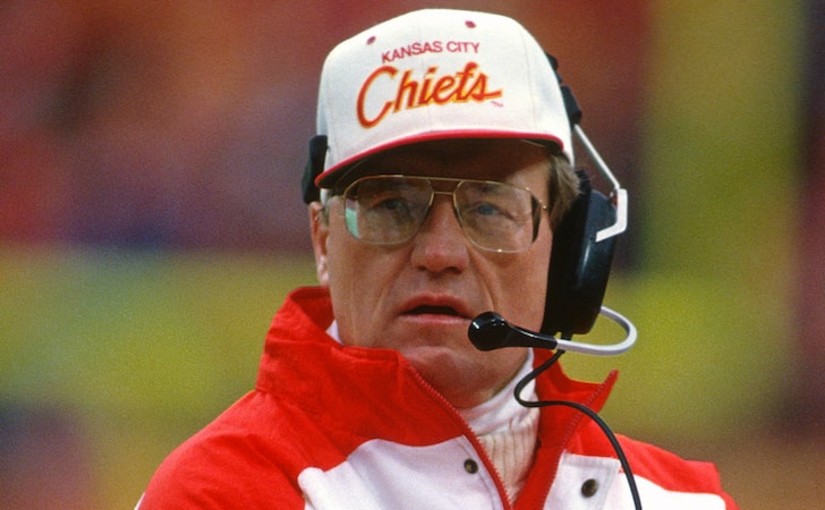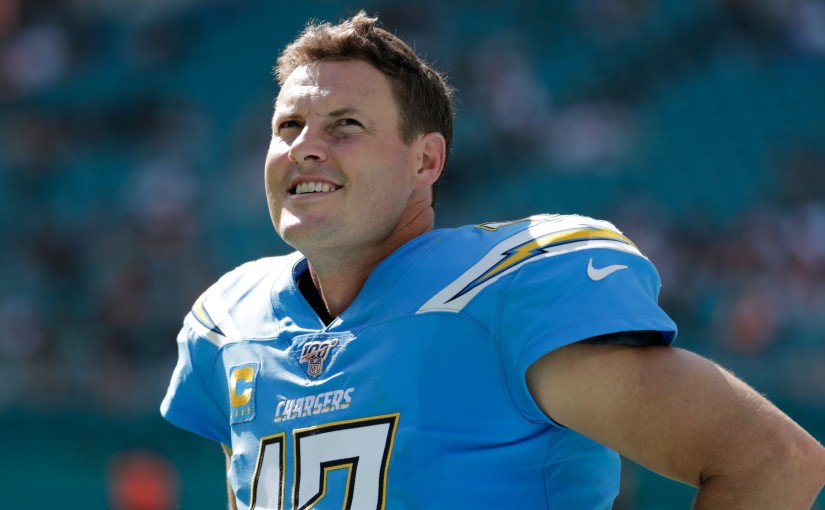When thinking of sporting records that will never be broken, there are a few that come to mind instantly. Usain Bolt running a 9.58-second 100-meter dash would be one of those. Wilt Chamberlain dropping 100 points in an NBA game would be another. Cal Ripken Jr. playing in 2,632 consecutive games – a streak that began in 1982 and lasted until 1998 – would be a third. The general population should have some idea about these well-known records.
However, one premier player feels like he may not get his due when it comes to his legendary achievement. That player is ‘Pistol’ Pete Maravich, and his record is his insane scoring average as a college basketball player in the late 1960s.
The second-highest scorer in the history of D1 Men’s Basketball is Freeman Williams. Williams played for Portland State from the 1974-75 season through til the 1977-78 season. In this time, Williams accounted for 3,249 points, and he maintained a scoring average of over 30 points per game in his final three seasons at the school. It is a stunningly impressive number – until you look at what Maravich did at LSU.
‘Pistol’ Pete went for 3,667 points with the Tigers. This is a total of over 400 points more than Williams, or the equivalent of 13 or 14 more games, with Williams scoring at his over 30 point average. If that isn’t crazy enough, Maravich put up his 3,667 points as a premier player from the 1967-68 season through the 1969-70 season. That means that Maravich scored more points than anyone in the history of the sport, even though he was only able to play for three years because, at the time, first-year players had to play on the freshman team at their school and weren’t eligible for varsity play.
Maravich’s averages were as follows:
- 1967-68 – 43.8 ppg
- 1968-69 – 44.2 ppg
- 1969-70 – 44.5 ppg
Maravich never had a single collegiate season where he averaged under 43.8 POINTS PER GAME. Adding to the insanity of this accomplishment is that Maravich played when there was no three-point line. He also played when there was no shot clock so opposing teams could kill the ball in games as and when they wanted. In other words, his scores were kept lower by the rules in place at the time. Given his shooting stroke and with more possessions per contest – plus an extra year of varsity eligibility – it isn’t unreasonable to think that Maravich could have scored over 5,000 points with a different set of rules in place. Former LSU coach Dale Brown once charted every shot ‘Pistol’ Pete made at LSU and said his career average would have been a video game level 57 points per game if the three-point line was drawn in.
Some of Maravich’s game totals were absurd too. He scored at least 60 points in a game four times – against Vanderbilt (61), Kentucky (64), Tulane (66), and Alabama (69) – with no other player ever having more than two such games against other D1 opponents. His score of 69 points as a senior against Alabama is the second-most in history behind Kevin Bradshaw, who scored 72 points for U.S. International against Loyola Marymount in 1991.
Maravich was one of the youngest ever inductees into the Naismith Memorial Basketball Hall of Fame. Part of this is due to a knee injury that saw him play just 658 games in 10 NBA seasons, but even in that time – and constantly battling with the knee problem – he became a five-time NBA All-Star and was the NBA scoring champion in 1977 when he averaged 31.1 points per game. A fascinating snapshot of what this premier player could have been comes from the NBA installing the three-point line in Maravich’s final injury-ravaged season. He was able to take just 15 shots from behind the arc, but he hit 10 of them, meaning he had a career three-point percentage of 66.7%.
Perhaps the best creative player in the game’s history, Maravich passed away at just 40-years-old in 1988. This means that the legend didn’t make it to the age of the internet and social media – where it is easy to be remembered – but this premier player and his sheer ability to score the basketball was on par with anyone to ever play the game.
Article By Premier Players




